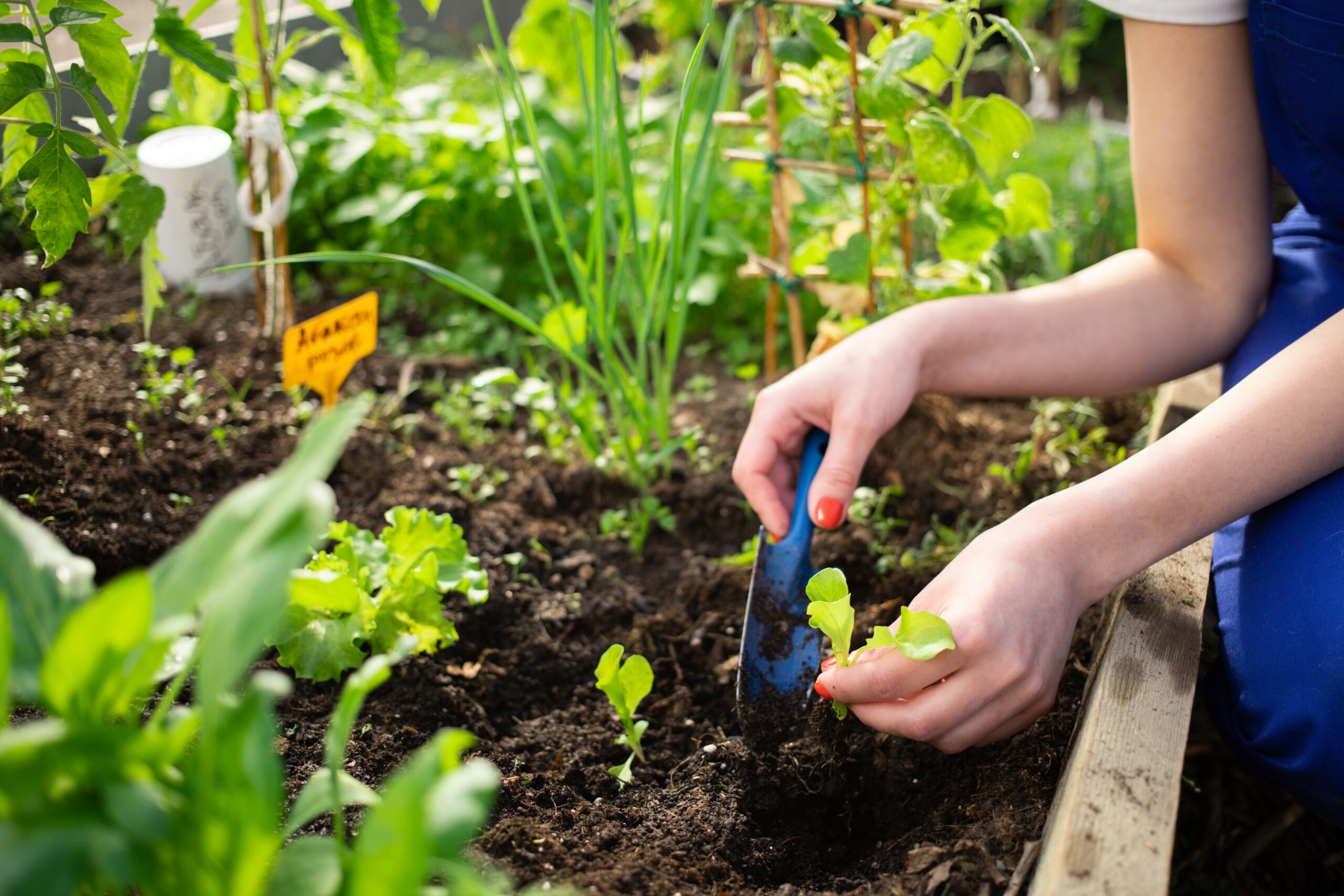Urban gardening is more than a trend; it is a solution to the growing challenges faced by modern cities. As urban areas expand and rural spaces shrink, the need for sustainable food sources and green spaces becomes ever more pressing. Urban gardening, also referred to as urban farming, represents a proactive way to tackle some of the most urgent environmental and social issues of our time.
At its core, urban gardening involves cultivating food and plants within cities. This practice not only enhances food security but also brings communities together. In a world where isolation often characterizes urban living, these green spaces foster social interaction and cooperation. For the social entrepreneur, urban gardens represent an opportunity to build not just local food systems but also strong, resilient communities.
The environmental benefits of urban gardening cannot be overstated. Urban spaces are known for their heat islands, where temperatures soar due to concrete, asphalt, and a lack of greenery. Urban gardens provide much-needed shade and help reduce this urban heat island effect. They also contribute to cleaner air, produce oxygen, and sequester carbon—critical functions as we navigate the climate crisis. Furthermore, by promoting local food production, these gardens reduce the carbon footprint associated with transporting produce, which often travels thousands of miles to reach consumers.
But the advantages do not end there. Urban gardening encourages regenerative practices, moving away from harmful synthetic fertilizers toward organic solutions that nurture the soil. The positive ripple effects of these practices are seen in increased biodiversity, as urban gardens provide habitats for pollinators and other species that would otherwise be excluded from urban environments.
From an economic perspective, urban gardening offers an avenue for income generation. Social entrepreneurs can leverage these spaces to sell fresh produce, creating opportunities for entrepreneurship in areas often underserved by traditional markets. The potential for reducing food costs, particularly in low-income neighborhoods, adds to the financial sustainability of such initiatives.
The design and execution of urban gardens require careful planning. Entrepreneurs must consider several factors, including access to water, sunlight, and soil quality, while also addressing potential challenges such as erosion or wind exposure. The site’s location relative to the community is crucial, ensuring that participants can easily access and maintain the space.
Community engagement lies at the heart of successful urban gardens. These projects thrive when individuals share a common vision and actively participate in their development. Regular meetings to discuss goals and gather feedback allow for adjustments that ensure the garden meets the community’s evolving needs. This collective involvement strengthens social bonds and instills a sense of ownership, making the garden more than just a source of food but a space for education and collaboration.
Urban gardening represents a holistic approach to urban challenges. It marries environmental sustainability with community empowerment and economic potential. As these green spaces continue to grow, their impact will be felt not only in the neighborhoods they serve but in the broader effort to create cities that are resilient, inclusive, and sustainable. The future of urban living may very well depend on how we embrace these spaces, turning concrete jungles into thriving ecosystems that support both people and planet.






